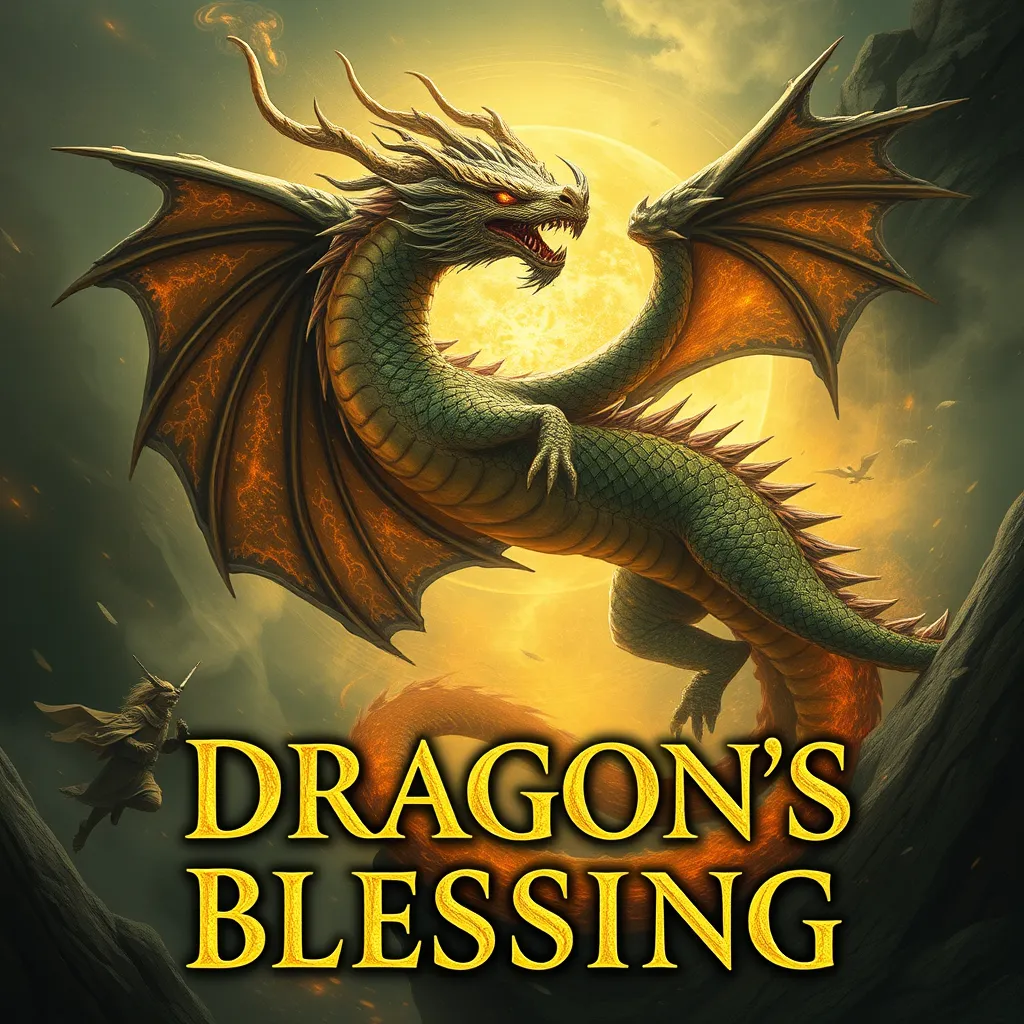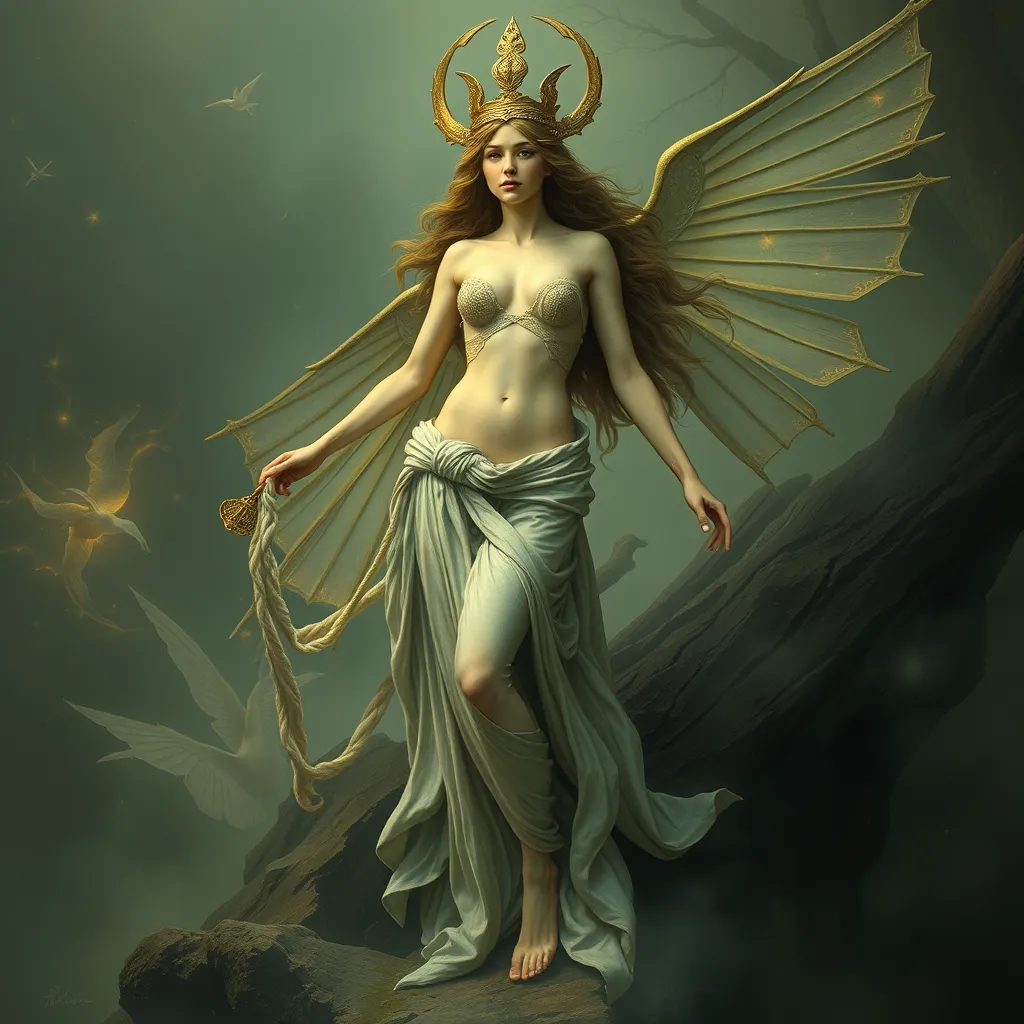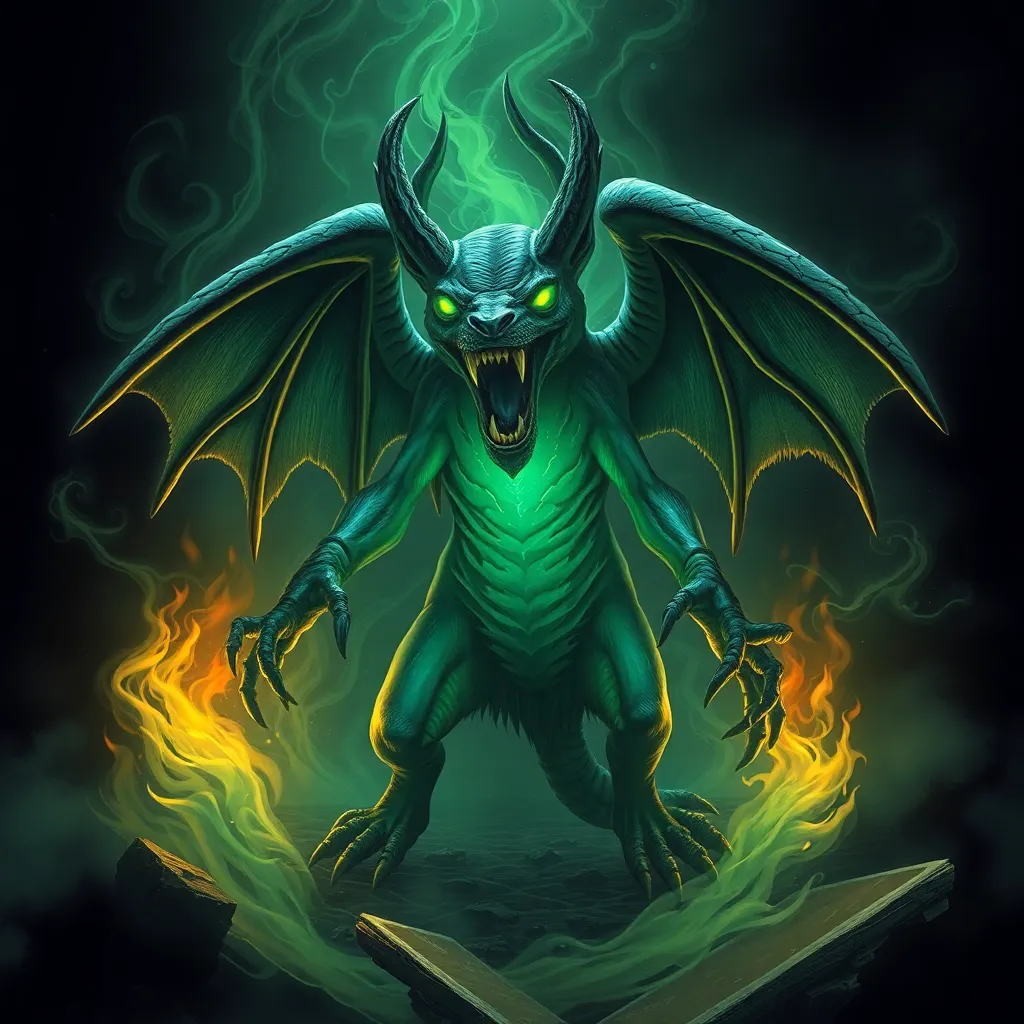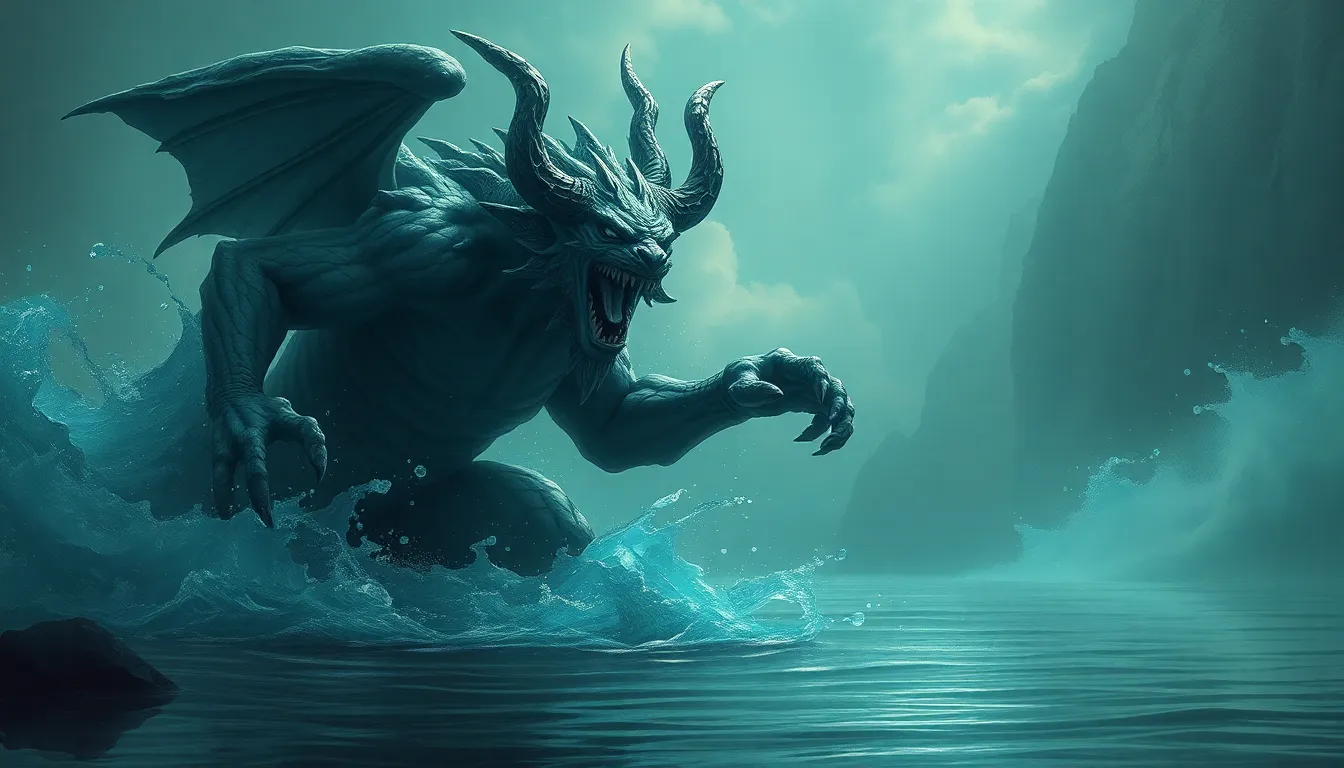The Dragon’s Blessing: Exploring the Positive Aspects of Dragon Lore in Myth and Legend
I. Introduction
Dragons have been a staple of mythology and folklore across cultures for centuries. Defined as large, serpentine creatures often possessing the ability to fly and breathe fire, dragons have captured the imaginations of people worldwide. However, the portrayal of dragons in mythology is not monolithic; they embody a dual nature, representing both fearsome adversaries and benevolent beings.
This article explores the positive traits and roles of dragons in human culture, arguing that while dragons are often depicted as fearsome creatures, many myths highlight their positive traits and benevolent roles in human culture.
II. The Symbolism of Dragons in Various Cultures
Dragons hold different meanings across various cultures, leading to contrasting representations in Eastern and Western mythology.
- Eastern Mythology: In many Asian cultures, dragons are revered as symbols of power, wisdom, and auspiciousness. They are often associated with water and are considered protectors of rivers and seas.
- Western Mythology: In contrast, Western dragons are frequently depicted as malevolent beasts, hoarding treasure and challenging heroes. However, even in these narratives, there are instances where dragons exhibit positive traits.
Common positive attributes associated with dragons include:
- Wisdom: Dragons are often portrayed as wise beings, possessing knowledge beyond that of humans.
- Power: They symbolize strength and authority, often serving as guardians of sacred places.
- Protection: Dragons are seen as protectors, guarding treasures and ensuring safety.
Additionally, dragons are often viewed as symbols of good fortune and prosperity. In many cultures, their presence is thought to bring blessings and stability.
III. Dragons as Guardians and Protectors
One of the most endearing aspects of dragon lore is their role as guardians and protectors. Legendary dragons are often depicted as protectors of treasures, sacred sites, and even entire realms.
For example:
- Smaug in “The Hobbit”: While Smaug is a fearsome dragon, he also embodies the traditional role of a dragon guarding its treasure, a narrative that reflects ancient beliefs about dragons as guardians.
- Chinese Dragon Guardians: In Chinese culture, dragons are revered as protectors of the people, often depicted in art and architecture as guardians of temples and sacred spaces.
The significance of dragon guardianship in cultural narratives cannot be overstated; it underscores themes of protection, loyalty, and the importance of safeguarding what is sacred.
IV. The Role of Dragons in Creation Myths
Dragons often play crucial roles in the creation stories of various cultures, symbolizing the forces of nature and the cosmos.
For instance:
- In some African and Asian myths, dragons are depicted as primordial beings who helped shape the world, often associated with elements like water, fire, and earth.
- In Norse mythology, the dragon Nidhogg gnaws at the roots of Yggdrasil, the World Tree, symbolizing the cycle of life and death.
These narratives establish a connection between dragons and natural elements, highlighting their importance in the balance of life and the world’s creation.
V. Dragons in Literature and Art
Dragons have been depicted in literature and art as symbols of hope, strength, and benevolence. Classic literature often presents dragons in a more favorable light, showcasing their complexity beyond mere adversaries.
Some notable examples include:
- “The Hobbit”: While Smaug is a villain, the story also explores themes of greed and courage, providing a nuanced portrayal of the dragon’s character.
- “The Earthsea Cycle”: Ursula K. Le Guin’s depiction of dragons reflects their intelligence and depth, challenging the traditional notions of dragons as solely destructive forces.
Artistic representations of dragons have evolved over time, often illustrating them as majestic and wise creatures rather than mere monsters. These depictions have significantly influenced contemporary perceptions of dragons, promoting a more positive image.
VI. The Connection Between Dragons and Human Virtues
Dragons often embody human virtues such as bravery, loyalty, and wisdom, serving as role models in various myths.
Myths that demonstrate the importance of compassion and understanding include:
- Friendship between dragons and humans, as seen in stories where dragons assist heroes or form bonds with them.
- Dragons that sacrifice for the greater good, representing selflessness and courage.
These stories convey important lessons about the virtues we should aspire to, inspiring positive human behavior and encouraging values such as teamwork and empathy.
VII. Modern Interpretations and Their Impact
In recent years, there has been a resurgence of positive dragon imagery in modern fantasy literature and media. Works like “How to Train Your Dragon” showcase dragons as friendly and loyal companions rather than fearsome monsters.
The role of dragons in popular culture has greatly influenced societal values, shifting perceptions towards a more understanding and accepting view of these mythical creatures. Contemporary stories often reshape the perception of dragons, focusing on themes of friendship, cooperation, and the celebration of differences.
VIII. Conclusion
In conclusion, the positive aspects of dragon lore are rich and varied, encompassing themes of wisdom, protection, and benevolence. Dragons have played a significant role in shaping cultural narratives throughout history, illustrating the dual nature of these fascinating creatures.
The enduring legacy of dragons continues to inspire and captivate, reminding us to embrace the dragon’s blessing in our modern lives. By acknowledging the positive traits embodied in dragon lore, we can foster a deeper understanding of these mythical beings and the virtues they represent.



